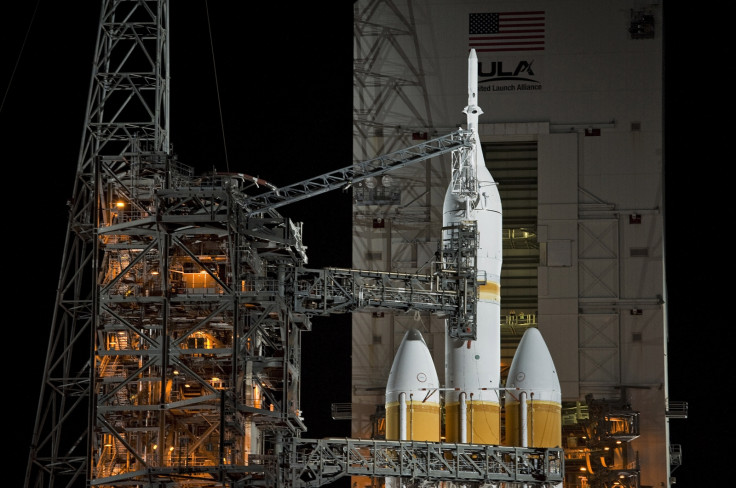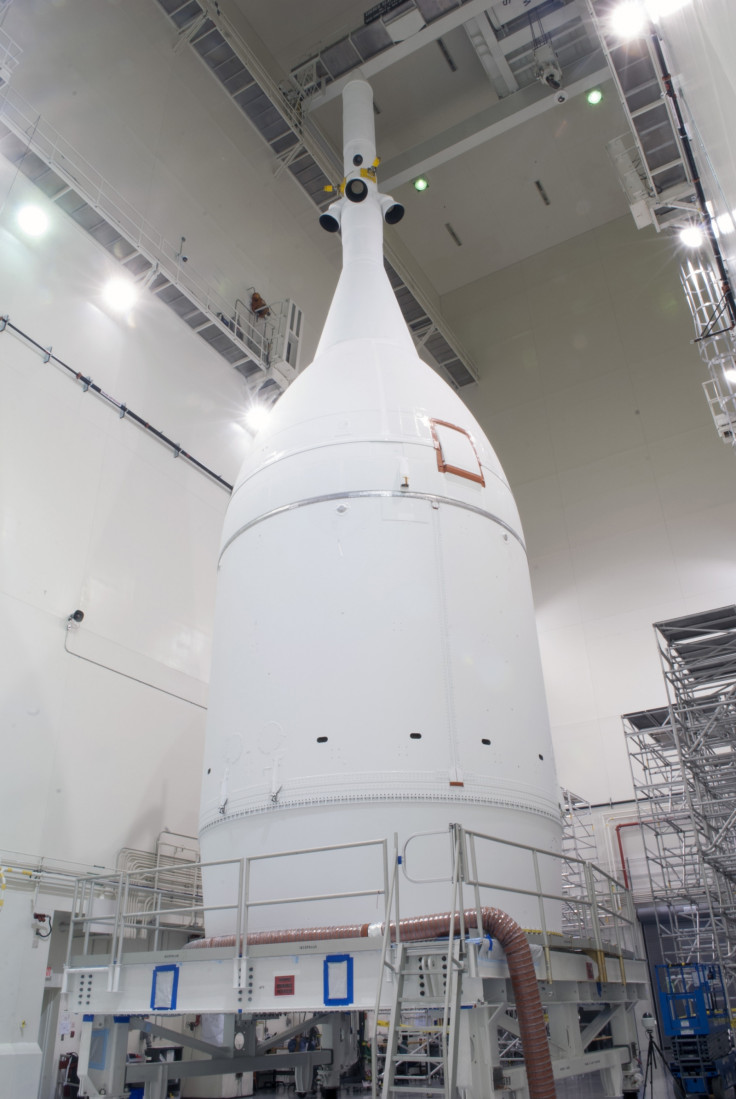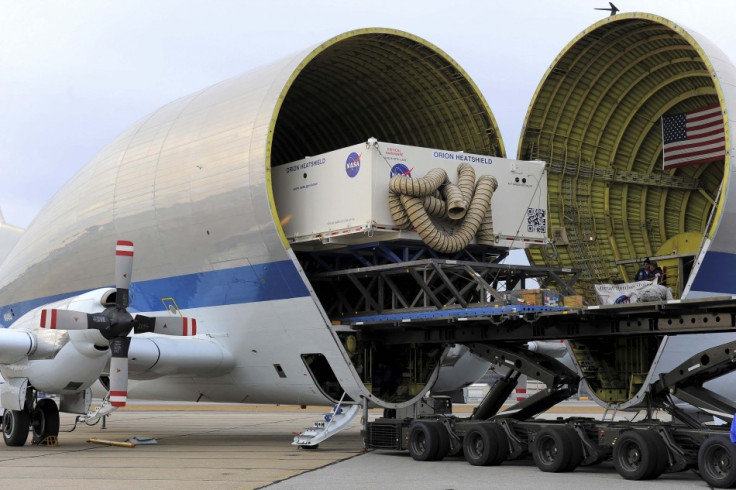Nasa Orion Mars Mission: Everything you need to know about debut test flight and spacecraft

Nasa is set to launch an unmanned spacecraft designed to send humans to Mars, in a test flight mission that is a major step in deep space exploration.
The Orion Multi-Purpose Crew Vehicle is a spacecraft which is eventually intended to carry a crew of up to four astronauts beyond low-Earth orbit.
Today's debut flight, known as Exploration Flight Test 1, is scheduled to be launched on board a Delta IV Heavy rocket, known as the biggest booster rocket in the United States fleet. The tiny spacecraft was due to blast off at 12.05 GMT today (4 December) from Cape Canaveral in Florida. However it has been delayed because of stray boat inside the prohibited zone and is now set to launch at 2.44pm GMT.
Orion Mars Mission
Orion will facilitate the human exploration of Mars, the Moon and asteroids. As early as 2012, Nasa plans to send two astronauts on Orion to rendezvous with a captured asteroid in orbit around the Moon.

Nasa scientists have aimed for a manned mission to Mars in the 2030s. The Red Planet is a rich destination for scientific discovery and robotic and human exploration, as its formation and evolution is comparable to Earth.
It is hoped the mission will help us learn more about our planet's history and future.
Mars has suitable conditions for life in its past and future exploration could uncover evidence of life – answering the fundamental question of whether there is life beyond Earth.
Spacecraft
The design of the space craft is based on the Orion Crew Exploration Vehicle, from the cancelled Constellation programme.
The Orion command module is being built by Lockheed Martin, while the Orion service module is being provided by the European Space Agency and being built by Airbus Defence and Space.
Aesthetically, the spacecraft looks similar to the Apollo capsule that took astronauts on the historic moon landing missions in the 1960s and 1970s. Orion is larger and more modern.
Mike Sarafin, the lead flight director stationed at Mission Control in Houston, told Al Jazeera: "We haven't had this feeling in a while, since the end of the shuttle programme.
"Launching an American spacecraft from American soil and beginning something new, in this case exploring deep space."
Test flight
This is the first test flight of Orion and no astronauts will be on board, but there will be nearly 1,200 sensors to record and measure all aspects of the mission.
The space capsule is aiming to travel for a distance of 57,800km, which is around 14 times higher than the International Space Station. This high altitude will give the craft the momentum needs for the 32,200kph re-entry over the Pacific Ocean.

It will land around 1,000km off the coast of Baja, California, where it will be retrieved by astronauts. With the entry expected to measure about 4,000 degrees in temperature, Nasa has dubbed it "trial by fire".
The trial costs around $370m (£236m), which includes the heat shield, which at five metres in diameter is the largest of its kind ever built.
Nasa engineer Kelly Smith told ABC News: "There's only one way to know if we got it right – fly it in space."
Scientists will test the craft's critical parts as it enters difficult stages of the test flight. It will be subjected to extreme radiation in the Van Allen belts surrounding Earth.
"For the first time in more than 40 years, this nation is going to launch a spacecraft intended to carry humans beyond low-Earth orbit. That's a big deal,'' said Nasa's administrator Charles Bolden Jr.
© Copyright IBTimes 2025. All rights reserved.






















